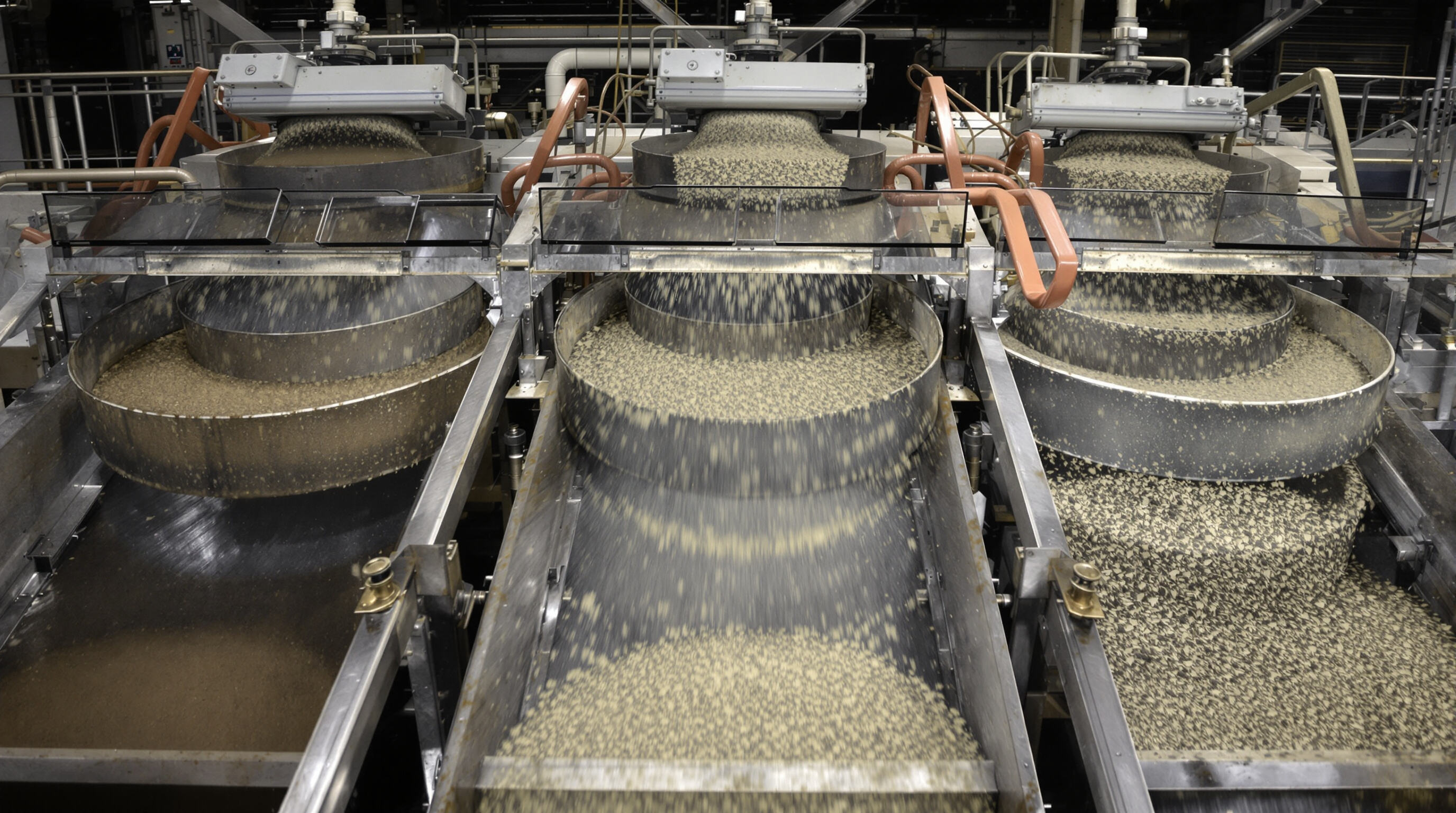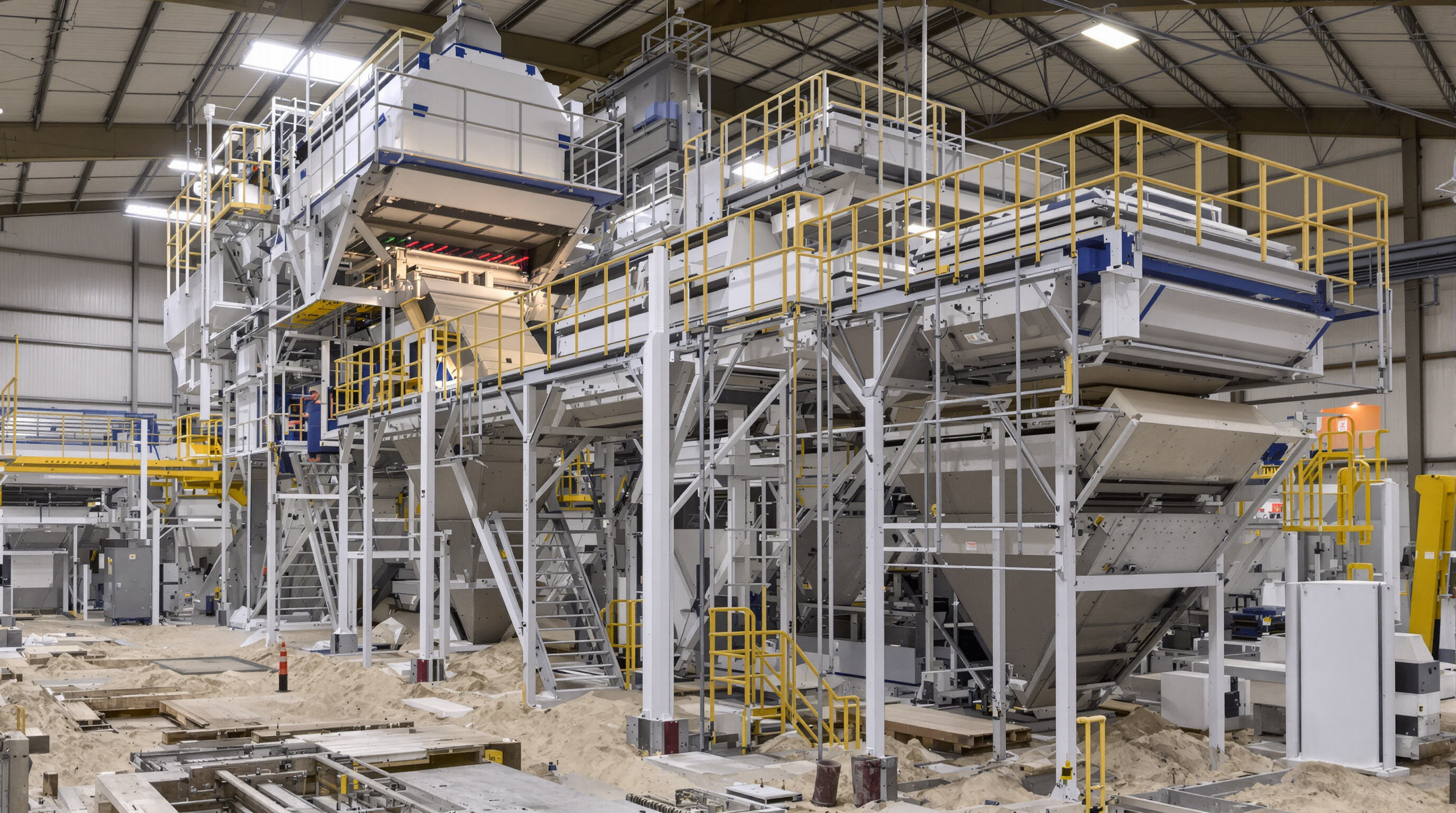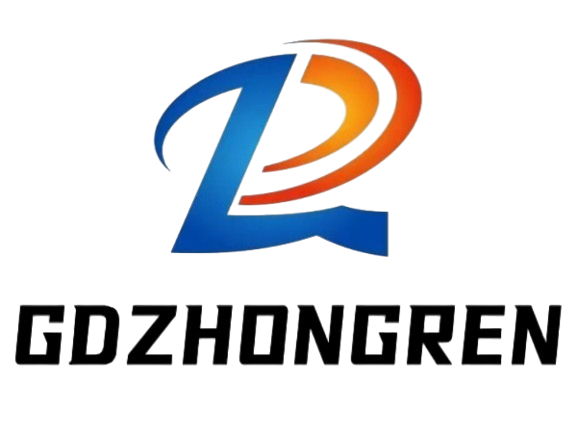Evaluating Screening Motion, G-Force, and Screen Design for Swing Screen Machine

Comparing circular, linear, and elliptical screening motions in Swing Screen Machine designs
When dealing with coarse materials, circular motion works really well because it uses a sort of rocking movement that keeps things from getting clogged up even when processing large quantities. For dry aggregates where we need exact layering, linear motion creates strong g-forces that push materials across the screen surface. This makes it great for applications like sand screening operations. The elliptical pattern is basically a mix of these two approaches, which helps prevent jams when working with finer materials or damp substances such as those found in pharmaceutical production. According to some research published last year by Vibration Dynamics Research, screens operating with linear motion showed around 15% better performance thanks to improvements in how they move. Choosing the right type of motion isn't just about getting accurate separation results either—it also affects long term running expenses for any Swing Screen Machine setup.
Role of g-force and vibration mechanisms in material stratification and throughput
The force of gravity plays a big role in how particles move around and separate from each other. When we apply higher g-forces, the dense minerals tend to separate better, but there's a tradeoff since this also means more wear and tear on equipment over time. That's where double eccentric mechanisms come into play they help keep the vibration level steady even when things get busy with different load sizes, so efficiency doesn't drop off when feeds suddenly surge. Most operators find that setting the g-force somewhere between 4 and 6G works best because it gives good throughput without wearing out screens too quickly, plus it stops materials from turning into something like a liquid state. And let's not forget about those high frequency vibrations running at speeds up to 9,000 RPM these really boost the separation process for finer particles by speeding up those layering cycles significantly.
Screen media types: Woven mesh, perforated plates, and polyurethane options
- Woven wire mesh: Versatile for various particle sizes but prone to abrasion wear
- Perforated plates: Withstand heavy impact in mineral processing with precise aperture control
- Polyurethane panels: Resist blinding with sticky materials and offer 300% longer life in abrasive applications
Media selection depends on particle sharpness, moisture content, and required open area.
Strategy: Selecting motion and screen type based on material adhesion, density, and flowability
When dealing with sticky stuff like wet clay, pairing elliptical movement patterns with polyurethane screening surfaces helps cut down on unwanted packing issues. Linear vibrations work best when combined with those heavy duty perforated plates needed for moving dense ore around effectively. Free flowing grains respond really well to circular motions paired with good quality woven meshes which just lets them flow through at maximum capacity. Don't forget to check how materials stick together against what kind of forces your system can handle though. Getting this balance right prevents problems where things don't separate properly or ends up wasting way too much power running inefficiently.
Optimizing Throughput, Capacity, and Scalability in Swing Screen Machine Selection

Balancing screening speed and precision to meet production throughput requirements
Getting the best possible throughput means finding just the right balance between how intense the vibrations are and how accurate the separation ends up being. If things go too fast, particles get mixed up incorrectly. On the flip side, if there's not enough amplitude, then production slows down considerably. That's where swing screen machines come into play with their unique elliptical movement pattern. These screens actually keep materials on them longer than regular linear vibratory systems do something like 15 to maybe even 20 percent extra time. This gives operators better control over capturing those fine particles without cutting back on overall processing volumes. The real magic happens when these machines have multiple decks stacked together. Such setups dramatically increase sorting capabilities across different types of materials, especially noticeable in situations involving wet or moist substances where traditional screening equipment tends to struggle quite a bit.
Mesh size and multi-deck configurations for layered separation and high yield
Mesh aperture selection directly impacts purity and flow rates. Consider these interdependent factors:
| Parameter | Fine Mesh (<100µm) | Coarse Mesh (>5mm) | Multi-Deck Solution |
|---|---|---|---|
| Separation Precision | High | Moderate | Tiered precision |
| Throughput Impact | Reduced by 30–40% | Maximized | Balanced layering |
| Blinding Risk | Severe | Minimal | Self-cleaning design |
Multi-tiered decks enable sequential classification—coarse particles separate first while finer fractions undergo secondary screening. This layered approach increases yield by 25% while maintaining particle integrity in fragile materials like pharmaceutical granules.
Oversizing vs. modular scalability: Strategic trade-offs for high-volume operations
Operators at facilities often struggle with deciding whether to go big with oversized single units or opt for modular swing screen systems instead. Going the oversized route gives them all the capacity they need right away, but comes at a cost. When these systems run at less than full capacity, they actually waste around 18 to 22 percent more energy than necessary. On the flip side, modular systems let companies grow gradually by simply adding more units as needed, which works really well when dealing with those inevitable seasonal ups and downs in demand. Sure, there's some extra work involved in planning how everything connects initially, but over time this flexibility pays off. Companies typically save about 15% on overall costs in the long run, plus their equipment lasts longer because it gets used more evenly across different operations.
Ensuring Durability, Low Maintenance, and Operational Efficiency
Construction Quality and Durability in High-Intensity or Corrosive Environments
The difference between long lasting swing screen machines and regular ones often comes down to stainless steel parts and those special wear resistant coatings, especially important for businesses dealing with rough stuff like minerals or corrosive chemicals. Research published last year in the journal Materials Performance showed something interesting too. Machines with these polyurethane coated areas had way fewer problems with corrosion failure rates dropping around 62 percent in salt processing facilities versus traditional carbon steel versions. When working in damp conditions or places full of dust particles, it makes sense to check if the machine has completely welded frames and electrical parts rated at least IP66 protection level. These features really matter in keeping operations running smoothly without unexpected breakdowns.
Ease of Cleaning, Screen Replacement, and Operational Accessibility
Modular designs with tool-free screen removal capabilities cut maintenance time by 30–50% compared to bolt-fastened systems, according to a 2024 maintenance efficiency report. Top-performing models feature:
- Quick-release tensioning clamps enabling <15-minute screen changes
- Internal surfaces angled >5° for self-draining residue clearance
- Access panels sized for full-arm reach to critical components
Lifecycle Cost Analysis: Prioritizing Long-Term Value Over Initial Purchase Price
While entry-level swing screens cost 20–40% less upfront, a 2022 analysis of 78 food processing plants revealed that premium machines delivered 32% lower total ownership costs over five years. This stems from:
| Cost Factor | Economy Model | Industrial-Grade Model |
|---|---|---|
| Annual repair costs | $18k | $6k |
| Screen lifespan | 6 months | 18 months |
| Energy consumption | 11 kW/hr | 8.5 kW/hr |
Operations exceeding 20 tons/hour should prioritize models with regenerative vibration drives, which recapture 15–18% of energy typically lost as heat during screening cycles.
FAQ
-
What is the best motion type for screening coarse materials?
Circular motion is most effective for screening coarse materials as it uses a rocking movement to prevent clogging and handle large quantities efficiently.
-
How do g-forces affect screening efficiency?
Higher g-forces improve the separation of dense minerals but can increase equipment wear over time. Optimal g-force settings range between 4 and 6G for best results.
-
What are the advantages of using polyurethane panels in screens?
Polyurethane panels resist blinding with sticky materials and have a longer lifespan in abrasive applications compared to woven mesh and perforated plates.
-
Why choose modular scalability over oversized units?
Modular scalability allows gradual capacity expansion, saving costs and improving equipment longevity due to more balanced usage across operations.
Table of Contents
-
Evaluating Screening Motion, G-Force, and Screen Design for Swing Screen Machine
- Comparing circular, linear, and elliptical screening motions in Swing Screen Machine designs
- Role of g-force and vibration mechanisms in material stratification and throughput
- Screen media types: Woven mesh, perforated plates, and polyurethane options
- Strategy: Selecting motion and screen type based on material adhesion, density, and flowability
- Optimizing Throughput, Capacity, and Scalability in Swing Screen Machine Selection
- Ensuring Durability, Low Maintenance, and Operational Efficiency
- FAQ

